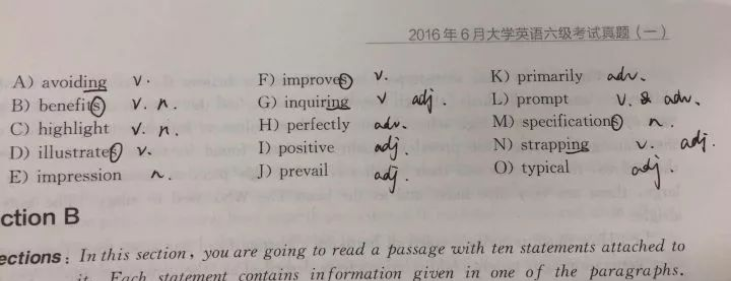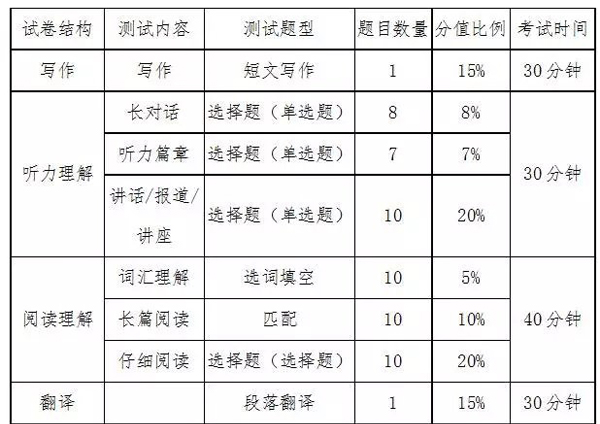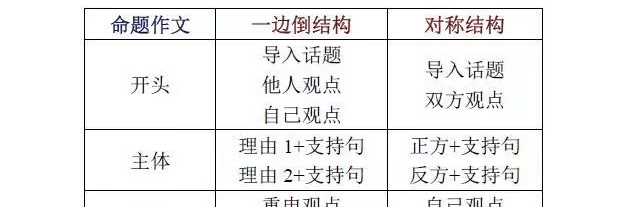LSAT聚焦逻辑推理
|
Focus: Logical Reasoning Logical Reasoning is half of your score on the LSAT - and this is good news. 实际上逻辑推理是你稳拿一半分数的部分... Why? Because you already have most of the Logical Reasoning skills you need for the test. The LSAT* tests your ability to use those skills thoroughly, quickly, and strategically in the context of a strictly timed, multiple-choice test. On the LSAT, in law school, and in your law career, you will need the ability to see and understand complex reasoning. It's not enough to sense whether an argument is wrong or weak; you'll need to analyze precisely why it is so. This involves an even more fundamental skill, one that's called on by nearly every Logical Reasoning question--the ability to isolate and identify the various components of any given argument. Logical Reasoning on the LSAT Each of the two scored Logical Reasoning sections consists of twenty-four to twenty-six questions based on short passages called "stimuli." Each stimulus takes the form of an argument--i.e., a conclusion based on evidence. You will need to understand the stimulus to answer the questions based on it. ·2 scored sections Seven Basic Principles 1.Understand the Structure of Arguments * the conclusion: the point that the author is trying to make 2. Preview the Question Stem Doing so before reading the stimulus makes you a better, more directed reader. You will know what you're looking for in advance. 3. Paraphrase the Author's Point 4. Judge the Author's Persuasiveness You must read actively, not passively. Constantly question whether the author's argument seems valid or dubious. On a section where many of the questions deal with finding flaws in the author's reasoning, it's imperative to read with a critical eye. 5. Answer the Question Asked You read the argument. You see a major weakness in it. You find an answer choice that points out this weakness. You choose that answer. And you miss the point. Why? Because the question stem was asking for a statement that strengthened the argument, not one that weakened it. Don't let this happen to you. Always double-check the question stem. 6.Try to Paraphrase the Answer Approach the answer choices with at least a faint idea of what the answer should look like. 7. Keep the Scope of the Argument in Mind A remarkable number of wrong answers have scope problems. Always be on the lookout for answer choices that are too extreme, that contain value judgments that are not relevant to the argument, or that don't match the stimulus in tone or subject matter.
|








